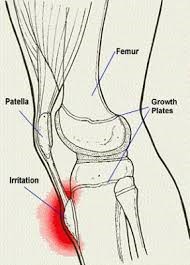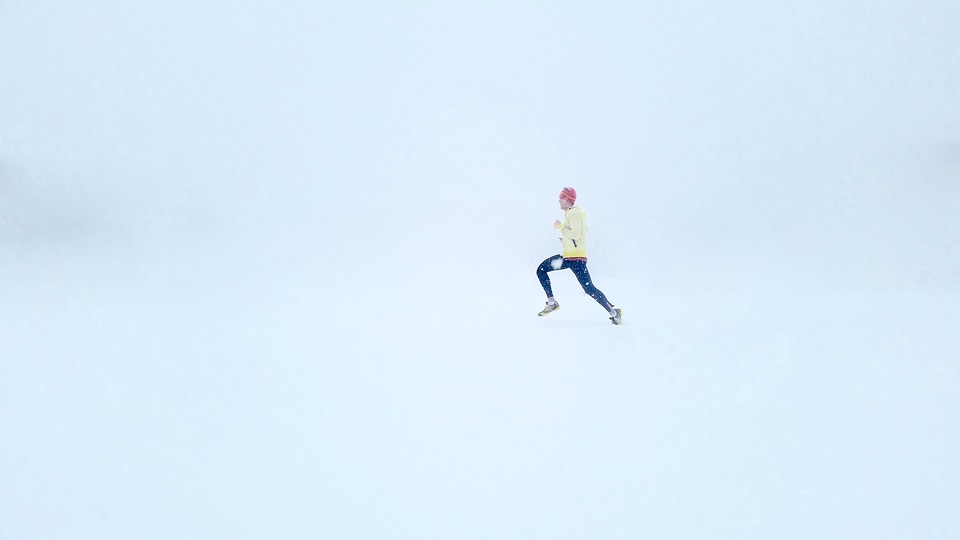What is Osgood-Schlatters disease?
Osgood-Schlatters is a painful condition at the front part of the leg around the bottom of the knee cap and at the front of the shin bone.
Who can be affected by the disease?
Boys tend to become symptomatic between the ages of 12-16 and girls between the ages of 8-12. Most commonly Osgood-Schlatters affects those who are highly active and may participate in sports such as football, basketball, netball or gymnastics.
Symptoms
There will be pain at the tibial tuberosity (bony bit at the top of the shin) and may become swollen or inflamed and may become more prominent than normal. Symptoms may be exacerbated with sporting activities that involve running and jumping e.g. football and / or direct contact e.g. kneeling.
Causes
 As Osgood-Schlatters disease is found in children and adolescents and is often put down to growing pains in the knees. It occurs due to a period of rapid growth, combined with high level sporting activity. Osgood-Schlatter’s disease can also occur in adults, especially if the condition has not been looked after during the teen years, but this is more unusual.
As Osgood-Schlatters disease is found in children and adolescents and is often put down to growing pains in the knees. It occurs due to a period of rapid growth, combined with high level sporting activity. Osgood-Schlatter’s disease can also occur in adults, especially if the condition has not been looked after during the teen years, but this is more unusual.
As young athlete’s bones grow quick, it can take some time before the muscles and tendons catch up. The repetitive strain is from the strong pull of the quadriceps muscle produced during sporting activities. The area may become more inflamed, painful, and swollen. It is more frequent in younger people due to the soft bones not being fully grown.
Treatment
An early diagnosis and appropriate treatment is essential for this injury as it can be very stubborn to treat if left. Early treatment for Osgood-Schlatter’s disease is to reduce inflammation and pain by applying P.R.I.C.E (Protect, Rest, Ice, Compress, Elevate) 3 times a day for 15 minutes, along with longer term managing the condition through training modifications and educating the client/parent until the athlete grows out of it. Rest is important, the child or adult affected by Osgood-Schlatters disease should reduce training and only participate in exercises that pain allows, high quality training over daily training should be favoured.
Although rest is advised, it is critical to initiate rehabilitation, strengthening and stretching programs for the lower leg especially the quadriceps and hamstrings is essential. This should only be carried out under guidance from a qualified individual physiotherapist or sports therapist.
As with any injury we would always recommend early diagnosis and starting on a treatment plan as soon as possible to speed up recovery and reduce the risk of requiring more complex or long-term treatments. Our therapists at Newcastle Sports Injury are highly skilled at diagnosing and treating sporting injuries in growing children and adolescents, and will always create a bespoke rehabilitation/treatment plan which is specifically designed to fit the needs of the patient.
For further information contact 0191 2330500 and one of our therapists will be happy to assist.

